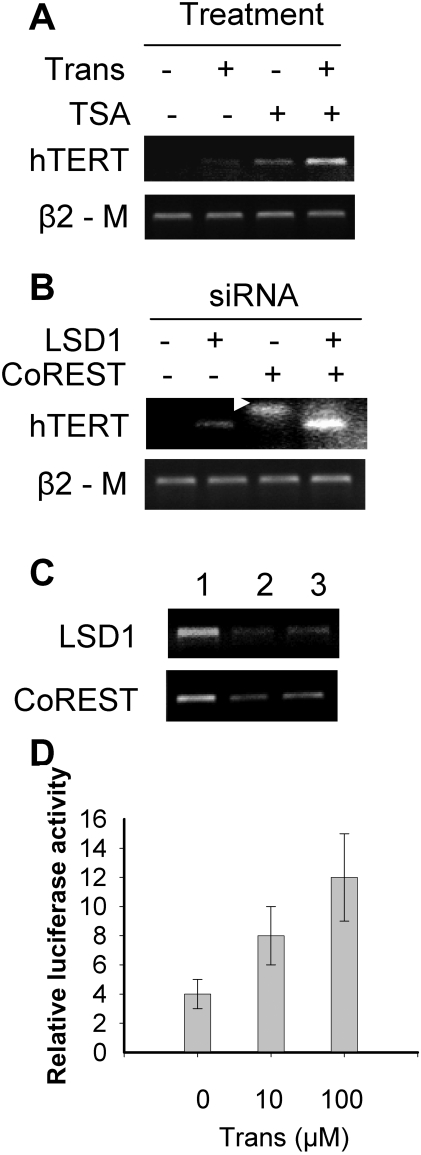Figure 1. The effect of LSD1 inhibition on the hTERT mRNA expression or gene transcription in human normal fibroblast MRC5 cells.
(A) The induction and synergistic up-regulation of hTERT mRNA expression in MRC5 cells by the LSD1 inhibitor tranylcypromine alone and its combined treatment with the histone deacetylase (HDAC) inhibitor TSA, respectively. The cells were incubated with either tranylcypromine at 25.0 µM or TSA 0.1 µM, or both of them overnight and then harvested for hTERT mRNA analyses using RT-PCR. Trans: tranylcypromine. (B) The synergistic effect of LSD1 and CoREST depletion on the induction of hTERT mRNA in MRC5 cells. The knocking-down of LSD1 and CoREST expression was performed using the specific siRNA targeting LSD1 and CoREST. Arrow: primer dimmers. (C) The demonstration of efficient down-regulation of the target genes in siRNA-transfected cells. Lane 1: Control siRNA; lane 2: LSD1 (Upper) and CoREST siRNAs (Lower), respectively; and lane 3: LSD1+CoREST siRNAs. Note the results in (B) and (C) were from the same set of cDNA, and therefore, β2 –M was only shown in (B). (D) The up-regulation of the hTERT promoter activity by tranylcypromine. The p181 reporter construct that harbors the hTERT proximal promoter sequence was transfected into MRC5 cells in the absence or presence of tranylcypromine, and then analysed for luciferase activity 48 hours later. Variation in transfection efficiency was normalized by the TK-driven Renilla luciferase activity. Columns: Relative luciferase activity arbitrarily expressed as the ratio of p181/TK; Bars: SD.

